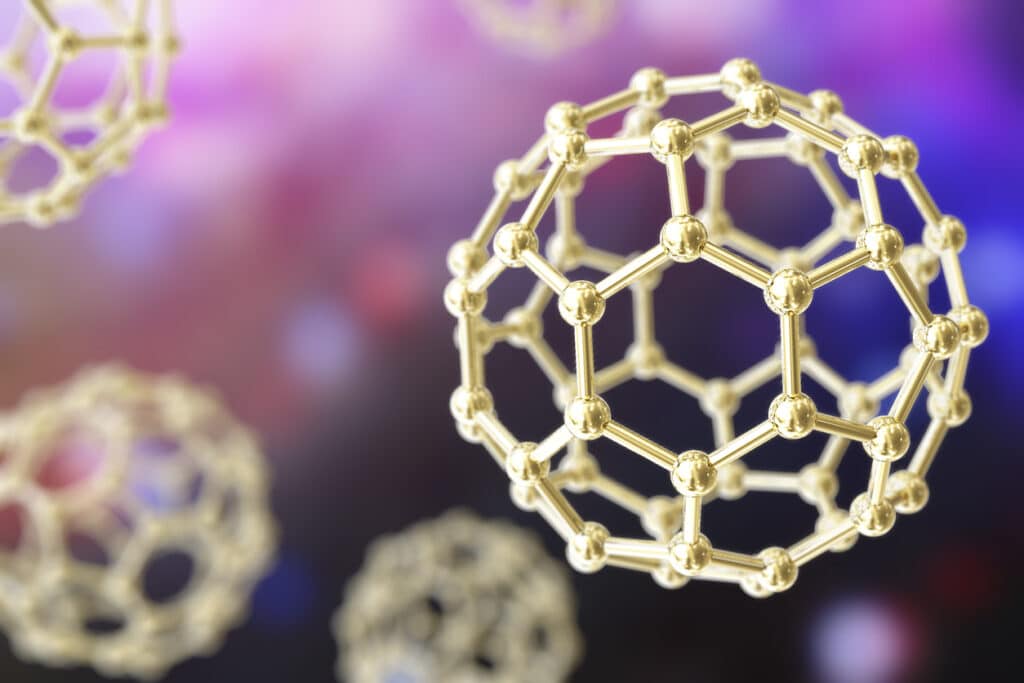The Blog
FAQs
BAPC®️
What are Branched Amphipathic Peptide Capsules (BAPC®️)?
BAPC®️ are nanospheres made from two branched peptides that self-assemble to form solvent-filled, bilayer defined capsules. They serve as nano-delivery vehicles that overcome many of the poor absorption issues that plague certain classes of drugs: vaccines, therapeutics, diagnostics, pesticides, etc.
Due to their extreme temperature stability, BAPC have distinct advantages over other nano-carriers and can even be autoclaved. While liposomal-based carries break down too quickly in biological systems, polymer-based carriers don’t decompose at all and can build up in the environment. BAPC®️ offer just the right amount of stability while maintaining low cytotoxicity and immunogenicity.
How small are BAPC®️?
BAPC®️ are produced to specification in sizes ranging from six nanometers to two micrometers.
Why would I need different size BAPC®️?
The optimal size needed depends on the application. For diagnostic work, six nanometer BAPC®️ are ideal for gold or biomarker encapsulation. For cell transfection research, BAPC®️ are available in the following sizes: 6, 10, 25, and 50 nanometers. These sizes are ideal for achieving maximum transfection rates. Larger BAPC®️ can be prepared and can be used for encapsulating larger volumes for delivery of active ingredients such as fungicides.
How is the surface charge affected by addition of nucleic acid particles (i.e. iRNA and dsRNA)?
The positive surface charge is decreased due to electrostatic attractions but not to a point where their net charge becomes negative
Can BAPC®️ be customized for my specific application?
Yes. We realize that all research has unique considerations, so we can customize BAPC®️ to your exact specifications. If you’re not sure which size BAPC®️ are best suited for your research, we invite you to contact our team for a consultation.
What components can BAPC®️ be used with?
The composition of BAPC®️ allows hydrophilic small molecules, proteins and nucleic acids to be either surface bound or encapsulated within its compartment during the assembly process. This works both in vitro and in vivo.
What can BAPC®️ encapsulate?
- Fluorescent Dyes
- Therapeutic Drugs
- Radionuclides
- Pesticides
- Fungicides
- Colloidal Gold
- Magnetic Beads
What can be bound to the surface of BAPC®️?
- Proteins
- Sugars
- dsRNA
- siRNA
- Oligonucleotides
- Plasmids
- CRISPR-Cas9 components
Are BAPC®️ toxic?
When it comes to nanoparticles, there are a lot of unknowns and misconceptions in the industry. With much related research still in its infancy, the long-term effects of these new nanoparticles on human health and the environment are still being investigated.
While many nanoparticle carriers are toxic to target cells, BAPC®️ are non-toxic due to their natural peptide composition, stability and slightly positive surface charge. They also have the advantage of being non-immunogenic and completely biodegradable in the environment.
What commercial applications can BAPC®️ be used for?
BAPC®️ are an adaptable carrier platform with applications for multiple industries.
These include:
- Medical Vaccines
- Medical Therapeutics
- Diagnostic Imaging
- Veterinary Vaccines
- Veterinary Therapeutics
- Veterinary Pesticides
- Plant Nutrition
- Plant Insecticides
- Plant Fungicides
- Plant Herbicides
- Household and Commercial Biopesticides
- Premise Pest Control
- Cell Transfection
BAPtofect®️-25
What is BAPtofect®️-25?
BAPtofect®️-25 kits are 25 nm conformationally locked BAPC in quantities of 0.5mg, 1.0 mg, 5 mg and 10 mg for use in cell transfection research. 25 nm BAPC®️ have been proven to be the ideal size to achieve maximum cell transfection rates.
How does BAPtofect®️-25 work for cell transfection?
Compared to the liposomal and polymer-based cell transfection materials available today, BAPC ®️offer an improved option for cell transfection research. In studies using HeLa and HEK-293 cells, BAPtofect®️-25 compared to an industry leading liposomal carrier yielded transfection rates that exceeded the cationic lipid with considerably less cytotoxicity.
BAPC®️ enter cells via the endosomal pathway providing targeted, protected delivery of their payloads. Both surface-bound proteins and nucleic acids are shielded from lytic degradation.
What is the surface charge of BAPtoFect®️-25?
+25 to 30 mV
How do I use BAPtofect®️-25?
A full reagent protocol is available here.
Shipping and Storage
How is BAPC®️ shipped?
US shipments are sent via USPS Priority Mail for delivery within one to three days. International shipments are sent via Federal Express Economy unless expedited delivery is requested.
How is BAPC®️ stored?
BAPC®️ should be stored in a cool and dry location. BAPC®️ with added fluorescent dye should also be stored in a dark location.


